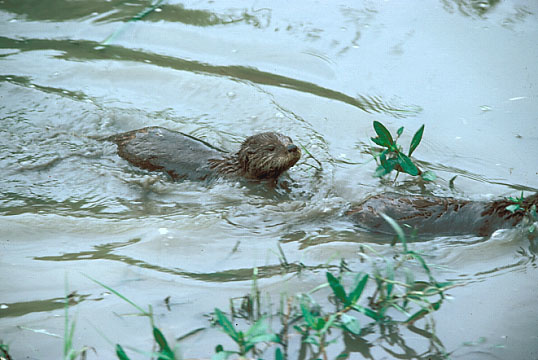Next Time You See an Otter…
This is Passport to Texas
Wildlife biologist Gary Calkins could not have predicted eight years ago—when he invited radio listeners to send in their otter sightings—that it would change how we understand otter distribution in Texas, or that the sightings would continue coming in. He created a map using the data listeners supplied, and is confident it’s accurate.
Every sighting I get, I ask them [the public] I ask them to describe how the animal swam. Ask them if it made any vocalizations. Ask some questions about behavior—and better yet—can I get pictures or something. The only time I will count an animal to put it on this map, is if I am beyond a shadow doubt that it is an otter—based on vocalizations and the way it swam. I feel pretty comfortable that that map is representing otters and not mistaken identity. If it’s something that I can’t wrap my head around, that ‘yeah, it’s an otter,’ then I won’t put it on the map. I’ll tell the people to keep looking and thank you. One of the things that I’ve done is that out of all the emails that I’ve receive, I’ve made myself respond to every single one of them. So that people aren’t sending something to a black hole; and I think that’s why it’s kept momentum on sightings.
Gary Calkins welcomes your otter sightings. Find out how submit them at passporttotexas.org.
The Wildlife restoration program supports our series.
For Texas Parks and Wildlife…I’m Cecilia Nasti.
___________________________________________________________
NOTE: Since producing this program, Gary Calkins has retired from Texas Parks and Wildlife. If you have an otter sighting, send your information HERE, and I will make sure it gets the the right person.



 Passport to Texas is a
Passport to Texas is a  Passport to Texas is made available by:
Passport to Texas is made available by: